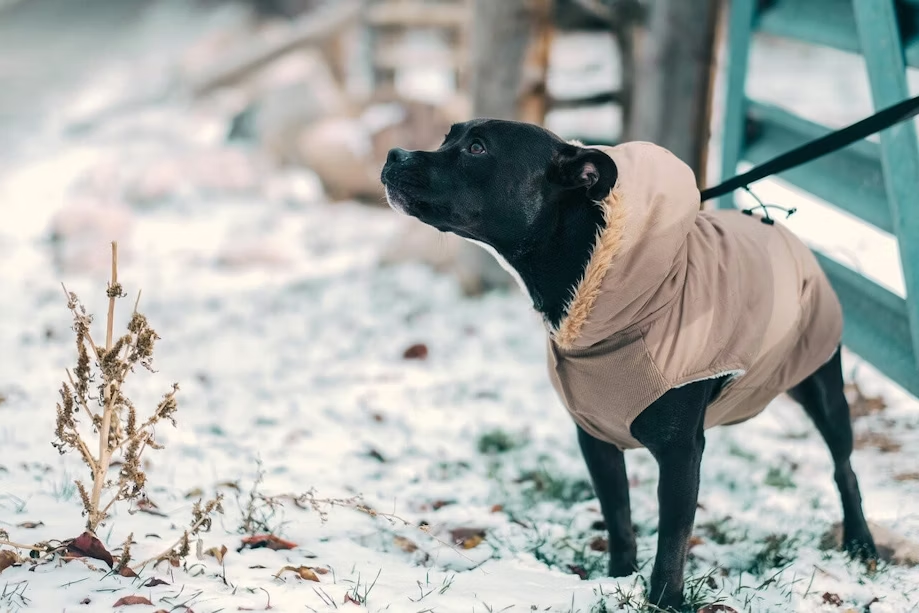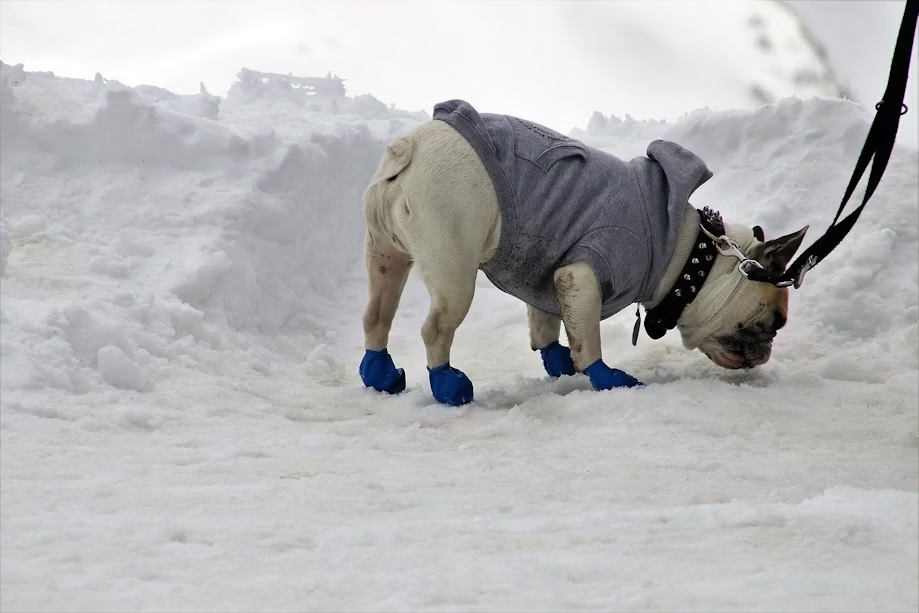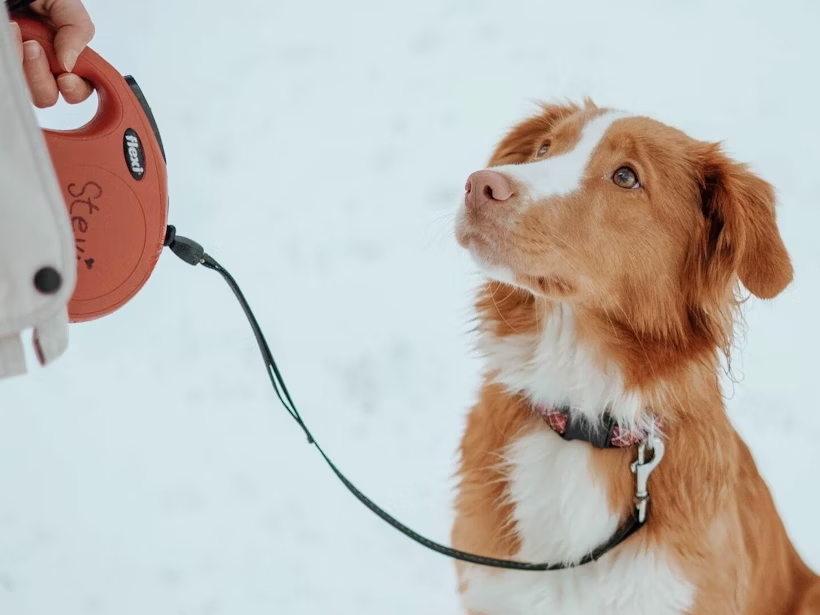January is a month for fresh starts, bold plans, and, apparently, walking your dog.
We’re not sure why January earned the esteemed designation of “Walk Your Dog Month.” Perhaps the common New Year’s resolution to be more active is to blame. Regardless, it’s safe to say that most of us could use the extra push to leave our cozy homes for the cold.
To help you celebrate the month, here are a few pro tips and words of wisdom.
The benefits of walking your dog abound.
For your dog, regular walks:
- Reduce the risk of canine obesity (a precursor to arthritis, high blood pressure, kidney disease, and even cancer)
- Improve your dog’s quality of life by meeting their needs for physical and mental stimulation
- Make your dog happier since physical activity releases endorphins in dogs, just like in humans
… and more.
Because it gets you moving, walking your dog is good for your physical and mental health, too. And there are other perks—well-exercised pups are easier to train and less likely to be destructive, for example.

How much should you walk your dog?
Whether you’re wondering how often or how long to walk your dog, the answer is “it depends.” Your pup’s breed(s), current health, and age determine their exercise needs and limits. But generally, two 30-minute walks per day for an adult dog is a good starting point. (Note: You should avoid strenuous exercise for puppies until they fully develop.)
If that seems like too much or too little walking for your furry companion, consult your veterinarian. They can advise you on the appropriate amount of activity based on your dog’s age, size, and breed.
How to train your dog to walk on a leash
Walking on a leash doesn’t come naturally to most dogs. So, it’s best to teach the behavior as early as possible with the following steps:
1. Start indoors.
First, let your pup get used to wearing a collar (or harness) and leash. Put these on your dog while you’re just hanging out at home—don’t worry about any training at this point. Once they seem comfortable with the additions, move on to step two.
2. Practice heeling.
Still working inside to eliminate distractions, leash your dog and use treats and praise to encourage them to stick by your side as you move about the room. Be sure to stop, start, and turn unpredictably (and treat often) so that your dog learns to keep their attention on you. At this stage, it can also be helpful to teach your pup a “look at me” command.
3. Increase the challenge gradually.
After your dog has the hang of things indoors, move to your backyard or another familiar area with slightly more distractions and practice the same behaviors. Dogs learn within the context of location. To generalize behaviors, you must slowly introduce new environments and increase the distraction level. This teaches them that walking on-leash means the same thing wherever you go.
If your pup starts pulling or gets distracted, quickly switch directions, jog backward, or use your “look at me” command (or another command your dog knows, such as “sit”) to keep them focused on your lead. Eventually, you should be able to level up to a neighborhood walk. But remember to have patience, as this takes time. It could be months before you’re able to go for walks in highly distracting places, such as dog parks.
Leash training can be a complex process, so we’ve shared only the basics here. For more tips, watch this video from our friends at IAMS:
How do you stop a dog from pulling when on a leash?
Dogs have a natural impulse to drive forward when they feel something holding them back. (This is called an “opposition reflex.”) Many pet parents respond by pulling back. But if you’ve ever tried it, you know that reaction only seems to make things worse.
So, if your dog starts pulling, try getting their attention instead. If that fails, stop and wait until they turn and look at you. When they do, give praise and resume your walk. This approach works for most dogs. But if you find your dog still seems determined to qualify for the Iditarod, consider getting a head collar (e.g., Gentle Leader) or—for brachycephalic breeds or dogs that won’t tolerate a head collar—a no-pull harness that has a leash connection in the front.

Dog-walking dos and don’ts
- Do make sure your pup is road-ready. Before you head out, set your dog up for success by leash-training them. And if your pup is reactive toward other dogs or people, choose your walking times and locations carefully (or consider these other activities).
- Do dress your dog for the weather. Some breeds—such as Saint Bernards and Finnish Lapphunds—are designed for cold conditions. But others might appreciate the added warmth of a doggy sweater and booties.
- Do bring along poop bags. Picking up after your dog when they’re finished doing their business is more than a polite gesture. Failing to do so may create a health hazard for other pets and people. And in many areas, it violates community codes.
- Do take time to smell the roses (and “read the pee-mail”). Walks are sometimes about getting from one location to another or covering a certain distance. But slowing down and letting your pup explore the world of scents along the way (aka, sensory walks or “sniffaris”) can be just as satisfying—if not more so—for them.
- Don’t disobey leash laws. Your dog may heed your every command. But you don’t know how other people or pets might react to an off-leash dog. So, out of respect, always follow the rules.
- Don’t forget the treats. Whether you need to distract your pup from another dog passing on the other side of the street or entice them to keep moving when they really just want to chase that squirrel—treats will make your walks a lot easier.
What else can you do with your dog in the winter?
Going for walks is just one way for you and your pup to bond this time of year. For more ideas, check out our complete list of cold-weather activities for dogs.
Read Now